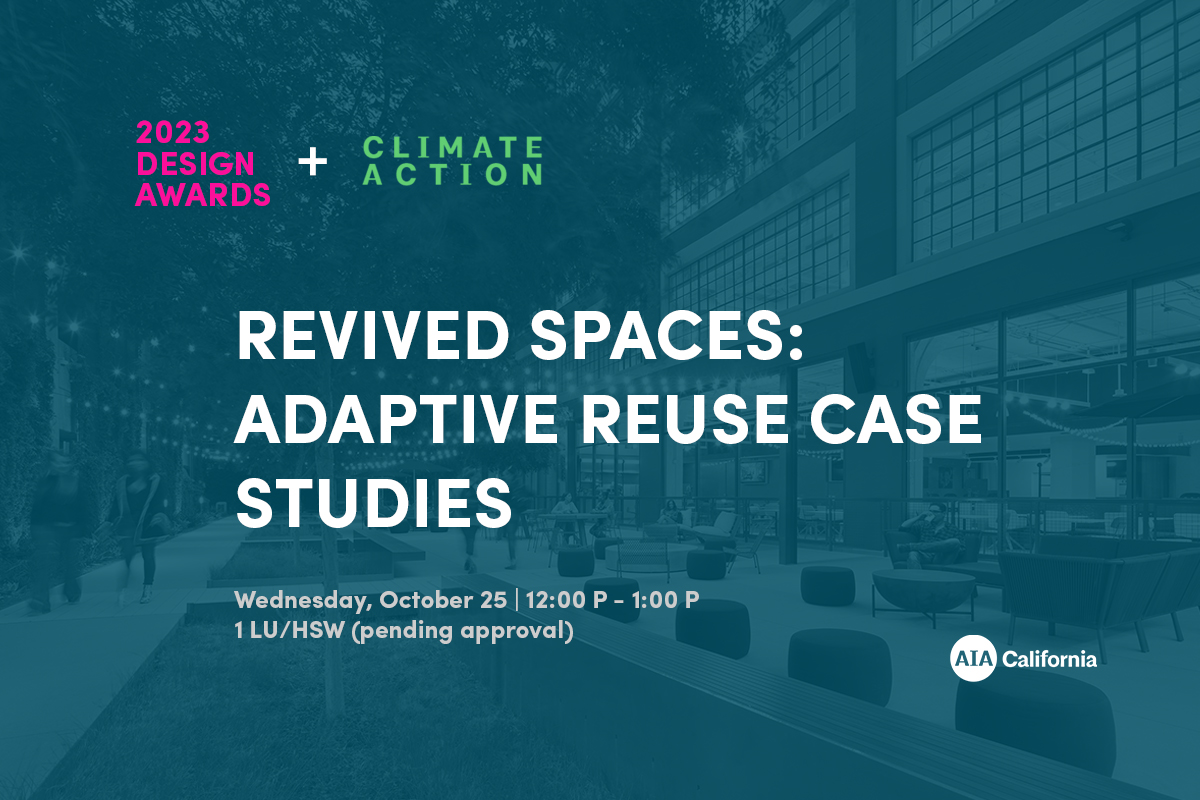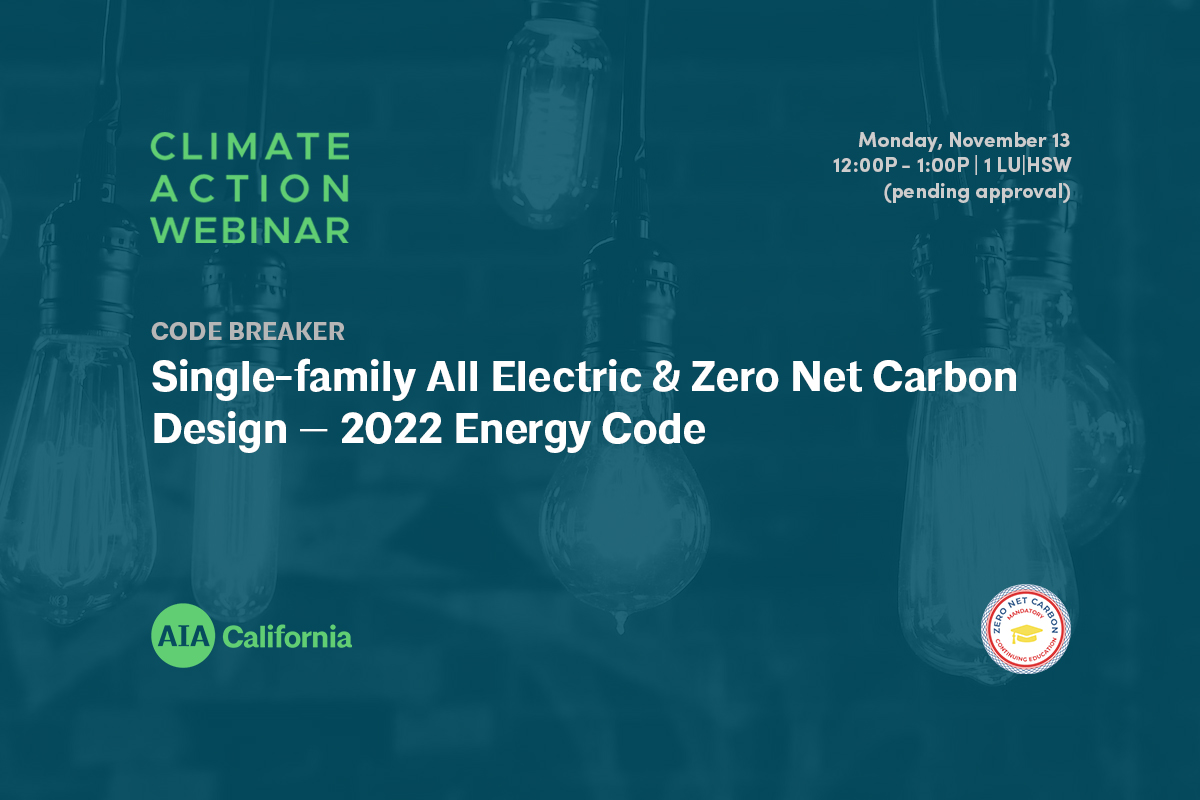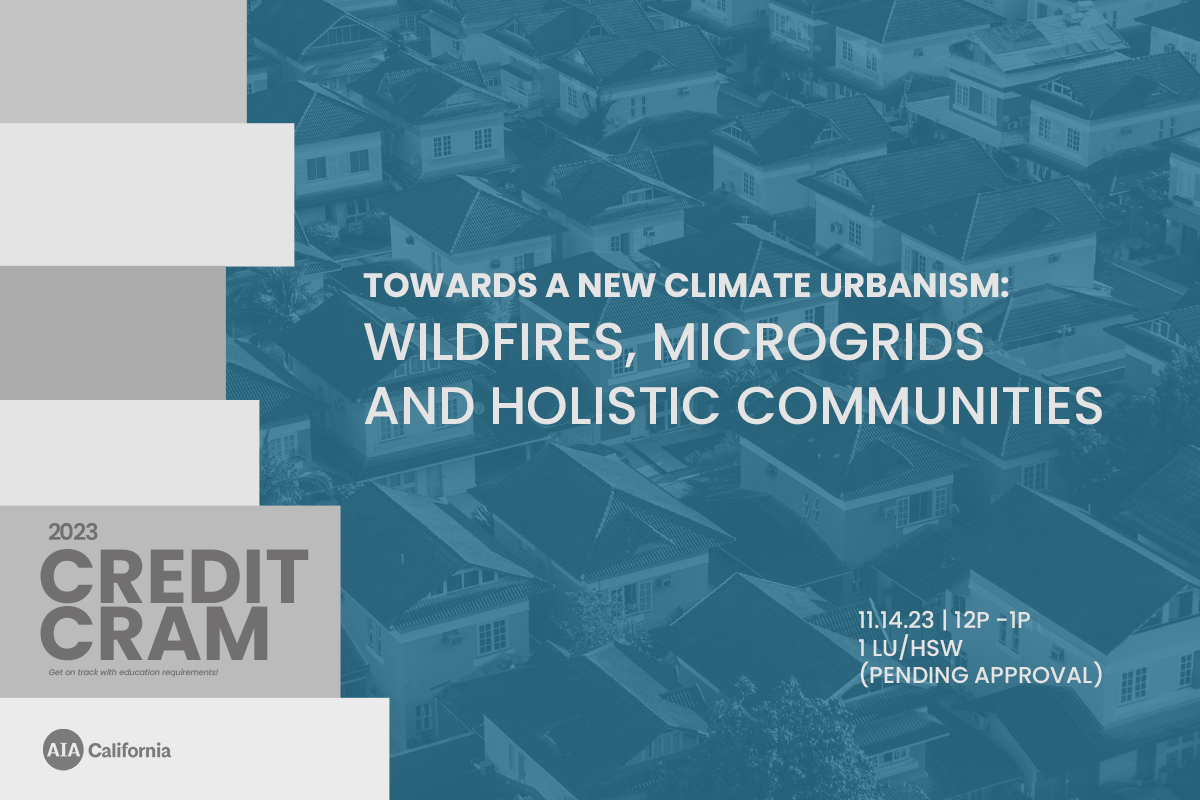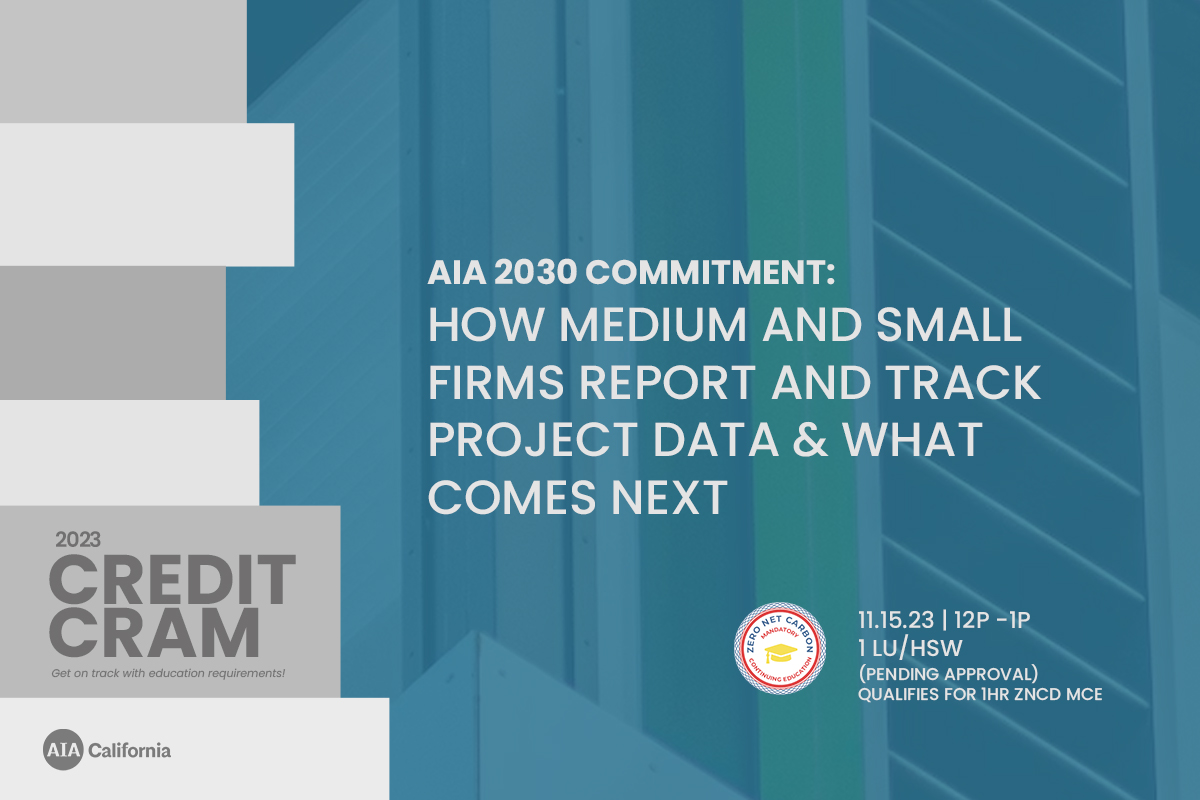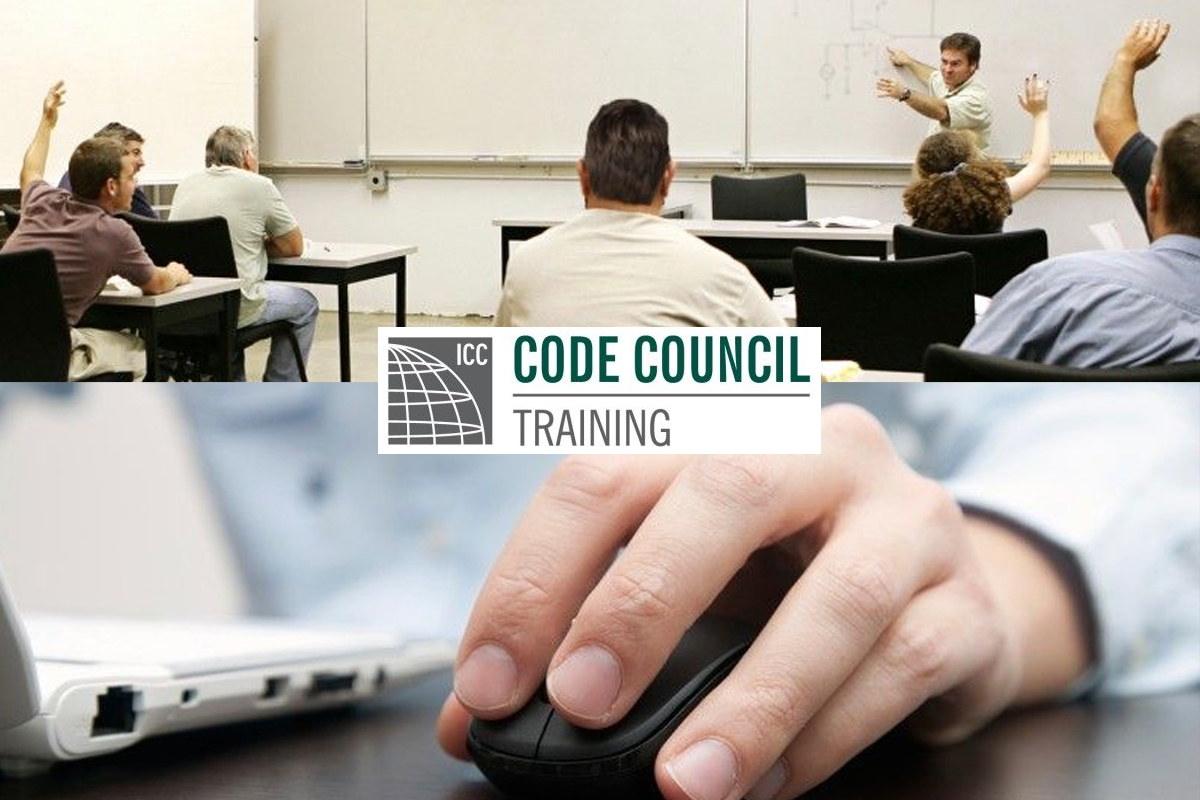NBI | Understanding and Reducing Energy Use and Carbon Emissions in Museums
VirtualMuseums and other cultural institutions have unique building use patterns and characteristics, which can present energy challenges not often encountered in other public buildings. Limited research on the sector’s energy use patterns and greenhouse gas emissions makes energy benchmarking difficult. The presenters in this session will describe recent research on this building type and discuss how it is shaping current practices addressing Climate Action in the cultural sector. The session will feature Case Studies on the efforts of cultural institutions that have committed to reducing their carbon emissions. Qualifies for 1.5 hrs Zero Net Carbon Design Mandatory Continuing Education. Certificate of completion will be provided to those who stay on and watch the webinar live. Moderator: Webly Bowles, AIA LEED-BD+C & O+M | Associate Director of Codes and Policy, New Buildings Institute Speaker: Mischa Egolf | Technical Associate, New Buildings Institute Sarah Sutton | CEO, Environment & Culture Partners (ECP) Shani Krevsky, AIA LEED AP BD+C IFMA SFP | Project Director, Exploratorium Campus Facilities Division Henry Art | Sustainability Projects Manager, Clark Art Institute Kate Scurlock AIA | Senior Associate, GWWO Architects Judith Holt | Consultant, Judith Holt Design LLC Anne Scott-Putney | President & CEO, Heritage Museums & Gardens .elementor-widget-tabs.elementor-tabs-view-vertical .elementor-tabs-wrapper{width:25%;flex-shrink:0}.elementor-widget-tabs.elementor-tabs-view-vertical .elementor-tab-desktop-title.elementor-active{border-right-style:none}.elementor-widget-tabs.elementor-tabs-view-vertical .elementor-tab-desktop-title.elementor-active:after,.elementor-widget-tabs.elementor-tabs-view-vertical .elementor-tab-desktop-title.elementor-active:before{height:999em;width:0;right:0;border-right-style:solid}.elementor-widget-tabs.elementor-tabs-view-vertical .elementor-tab-desktop-title.elementor-active:before{top:0;transform:translateY(-100%)}.elementor-widget-tabs.elementor-tabs-view-vertical .elementor-tab-desktop-title.elementor-active:after{top:100%}.elementor-widget-tabs.elementor-tabs-view-horizontal .elementor-tab-desktop-title{display:table-cell}.elementor-widget-tabs.elementor-tabs-view-horizontal .elementor-tab-desktop-title.elementor-active{border-bottom-style:none}.elementor-widget-tabs.elementor-tabs-view-horizontal .elementor-tab-desktop-title.elementor-active:after,.elementor-widget-tabs.elementor-tabs-view-horizontal .elementor-tab-desktop-title.elementor-active:before{bottom:0;height:0;width:999em;border-bottom-style:solid}.elementor-widget-tabs.elementor-tabs-view-horizontal .elementor-tab-desktop-title.elementor-active:before{right:100%}.elementor-widget-tabs.elementor-tabs-view-horizontal .elementor-tab-desktop-title.elementor-active:after{left:100%}.elementor-widget-tabs .elementor-tab-content,.elementor-widget-tabs .elementor-tab-title,.elementor-widget-tabs .elementor-tab-title:after,.elementor-widget-tabs .elementor-tab-title:before,.elementor-widget-tabs .elementor-tabs-content-wrapper{border:1px #d5d8dc}.elementor-widget-tabs .elementor-tabs{text-align:left}.elementor-widget-tabs .elementor-tabs-wrapper{overflow:hidden}.elementor-widget-tabs .elementor-tab-title{cursor:pointer;outline:var(--focus-outline,none)}.elementor-widget-tabs .elementor-tab-desktop-title{position:relative;padding:20px 25px;font-weight:700;line-height:1;border:solid transparent}.elementor-widget-tabs .elementor-tab-desktop-title.elementor-active{border-color:#d5d8dc}.elementor-widget-tabs .elementor-tab-desktop-title.elementor-active:after,.elementor-widget-tabs .elementor-tab-desktop-title.elementor-active:before{display:block;content:"";position:absolute}.elementor-widget-tabs .elementor-tab-desktop-title:focus-visible{border:1px solid #000}.elementor-widget-tabs .elementor-tab-mobile-title{padding:10px;cursor:pointer}.elementor-widget-tabs .elementor-tab-content{padding:20px;display:none}@media (max-width:767px){.elementor-tabs .elementor-tab-content,.elementor-tabs .elementor-tab-title{border-style:solid solid none}.elementor-tabs .elementor-tabs-wrapper{display:none}.elementor-tabs .elementor-tabs-content-wrapper{border-bottom-style:solid}.elementor-tabs .elementor-tab-content{padding:10px}}@media (min-width:768px){.elementor-widget-tabs.elementor-tabs-view-vertical .elementor-tabs{display:flex}.elementor-widget-tabs.elementor-tabs-view-vertical .elementor-tabs-wrapper{flex-direction:column}.elementor-widget-tabs.elementor-tabs-view-vertical .elementor-tabs-content-wrapper{flex-grow:1;border-style:solid solid solid none}.elementor-widget-tabs.elementor-tabs-view-horizontal .elementor-tab-content{border-style:none solid solid}.elementor-widget-tabs.elementor-tabs-alignment-center .elementor-tabs-wrapper,.elementor-widget-tabs.elementor-tabs-alignment-end .elementor-tabs-wrapper,.elementor-widget-tabs.elementor-tabs-alignment-stretch .elementor-tabs-wrapper{display:flex}.elementor-widget-tabs.elementor-tabs-alignment-center .elementor-tabs-wrapper{justify-content:center}.elementor-widget-tabs.elementor-tabs-alignment-end .elementor-tabs-wrapper{justify-content:flex-end}.elementor-widget-tabs.elementor-tabs-alignment-stretch.elementor-tabs-view-horizontal .elementor-tab-title{width:100%}.elementor-widget-tabs.elementor-tabs-alignment-stretch.elementor-tabs-view-vertical .elementor-tab-title{height:100%}.elementor-tabs .elementor-tab-mobile-title{display:none}} Additional Resources Additional Resources Full Presentation Deck_NBI ZNCD Museums


